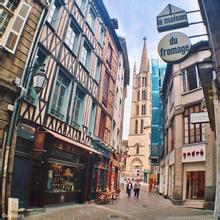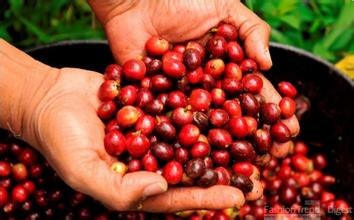15% of consumers are affected by the environment and atmosphere-the number of cafes in China will increase in the past five years.
China has a tea culture tradition, but compared with the prosperity of cafes, the development of teahouses in China is lukewarm. From 2007 to 2012, the number of teahouses increased from 48842 to 50984, an increase of 4%. Matthew Crabbe, director of research for Mintel Asia Pacific, said coffee chains expanded rapidly after entering China in the late 1990s, but tea houses struggled to find a way out, and the final consumer group was still tourists or low-spending elderly people in traditional leisure places, not young people. Coffee shops began selling Chinese tea, which is undoubtedly worse for traditional teahouses."Operating costs forced teahouses to change their strategy and position the market at a higher end of the consumer group. Nearly half of consumers used teahouses as business conversation places."
However, limited by market saturation, Mintel believes that coffee shop growth in China will slow down in the future.
Costa Coffee said same-store sales growth at its 200 chain coffee shops in China slowed from 19 percent in the first half but remained "stable in double digits" for the 13 weeks to the end of November, the Financial Times said.
According to Mintel's findings, the total market value of cafes and teahouses in China grew from 31.785 billion yuan in 2007 to 71.599 billion yuan in 2012. Mintel expects that figure to grow 70 percent between 2012 and 2017 to $121.69 billion.
"Like Starbucks, the plan to open 1500 stores in China by 2015 is a very radical plan." Mintel points out that starbucks can reduce costs by starting to use locally grown coffee beans in china.
The number of cafes in China has doubled in the past five years-from 15898 in 2007 to 31783 in 2012, according to a market research report by Mintel **, a London-based specialist market research firm.
Of the 3000 Internet users over the age of 20 surveyed, one in five Chinese urban consumers said they had visited a cafe at least five times in the past year. When consumers choose a cafe, the quality of the food is the primary factor, followed by the quality of the beverage.
It's not just food and drink that draw consumers into the coffee culture. 15% of consumers are influenced by the environment and atmosphere.

Important Notice :
前街咖啡 FrontStreet Coffee has moved to new addredd:
FrontStreet Coffee Address: 315,Donghua East Road,GuangZhou
Tel:020 38364473
- Prev

Introduction of Brazilian Coffee producing areas with a place in the Global Coffee Market
General K. Fonseka launched a coup on November 15, 1889, overthrowing the monarchy and establishing the United States of Brazil. Under the slogan of order and progress, and based on the presidential system to strengthen the modernization of Brazil, the new government has achieved good economic results in addition to producing 3/4 of the world's coffee. Later, under the panic of the world economy in the 1930s, the coffee economy suffered a deep pain.
- Next

Introduction to the manor of the 10 most expensive coffee bean varieties in the world
. Hawaiian Kona Coffee at $34 per pound Kona Coffee in Hawaii has the perfect appearance, its fruit is extremely full and shiny. The taste of coffee is rich and aromatic, with cinnamon flavor, and the acidity is well balanced. It's $34 per pound. Starbucks Rwanda Coffee at $24 per pound Starbucks Rwanda Coffee is basically a type of coffee bean.
Related
- Beginners will see the "Coffee pull flower" guide!
- What is the difference between ice blog purified milk and ordinary milk coffee?
- Why is the Philippines the largest producer of crops in Liberia?
- For coffee extraction, should the fine powder be retained?
- How does extracted espresso fill pressed powder? How much strength does it take to press the powder?
- How to make jasmine cold extract coffee? Is the jasmine + latte good?
- Will this little toy really make the coffee taste better? How does Lily Drip affect coffee extraction?
- Will the action of slapping the filter cup also affect coffee extraction?
- What's the difference between powder-to-water ratio and powder-to-liquid ratio?
- What is the Ethiopian local species? What does it have to do with Heirloom native species?

